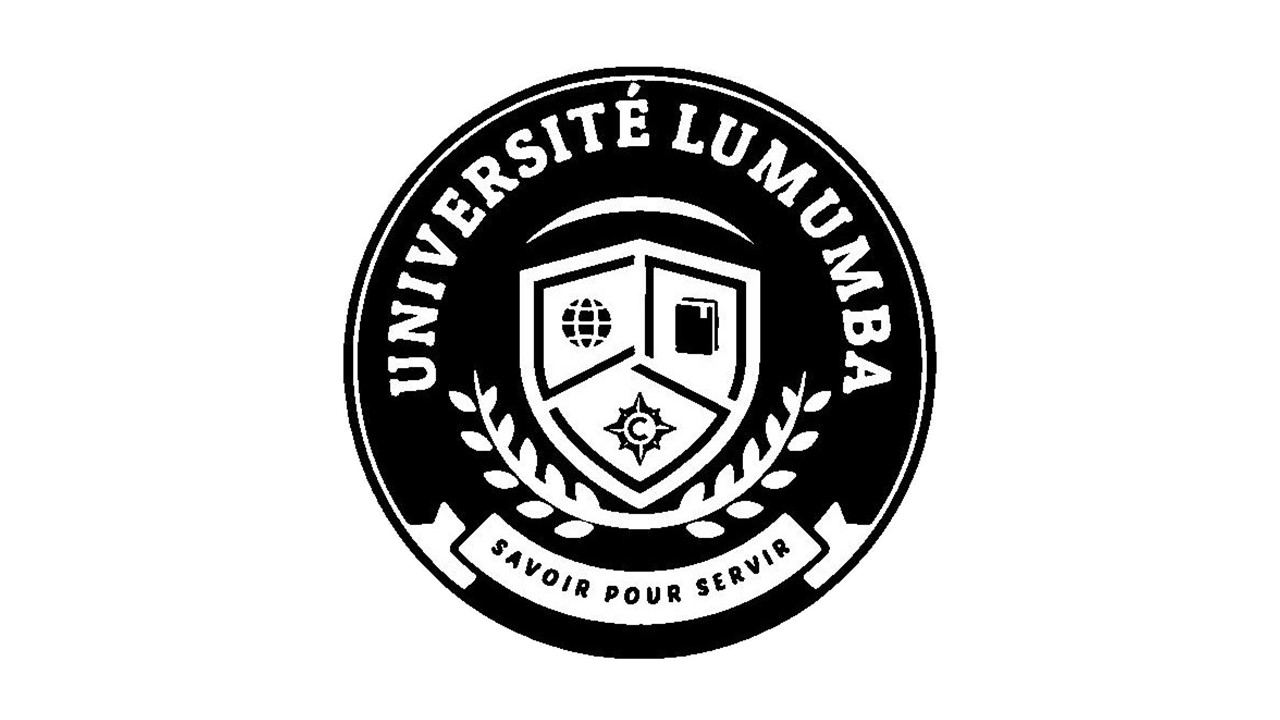Bachelor of Arts in Art History and Criticism
Overview
This program offers an in-depth exploration of art’s historical development and its cultural, social, and political contexts, while also training students in critical analysis of visual arts. The curriculum begins with foundational courses in art history, covering major movements such as Renaissance, Baroque, Modernism, and Contemporary Art. Students delve into the study of non-Western art traditions, exploring the global and interconnected nature of artistic expression. Advanced modules focus on art criticism, curatorial practices, and the role of art in reflecting and shaping societal values. Practical components include museum studies, digital tools for art analysis, and hands-on projects in art critique. The program concludes with a capstone project, where students research and present a critical analysis of an artist, movement, or exhibition.
Professional opportunities:
Graduates of the Bachelor of Arts in Art History and Criticism are prepared for careers in art curation, education, and criticism. Career opportunities include:
- Art Historian: Research and document the history and cultural significance of artworks and movements.
- Curatorial Assistant: Assist museums and galleries in organizing exhibitions and managing collections.
- Art Critic: Write and publish critical analyses of artworks, exhibitions, and artists.
- Museum Educator: Develop and deliver educational programs that engage the public with art.
- Cultural Heritage Specialist: Work on preserving and promoting artistic and cultural artifacts.
- Art Consultant: Advise collectors, institutions, or businesses on acquiring and interpreting art.
- Gallery Manager: Oversee the operations and promotion of art galleries.
This program equips students with the critical and historical understanding of art necessary for impactful careers in the art and cultural sectors, blending theoretical knowledge with practical applications.
The program curriculum consists of 32 courses (124 credits) and is designed to be completed in 4 years as a full-time student. However, the University provides students with the flexibility to progress at their own pace.
The recommended course sequence from the University
1
2
3
4
| Total Courses | Total Credits |
|---|---|
32 | 128 Credits |
